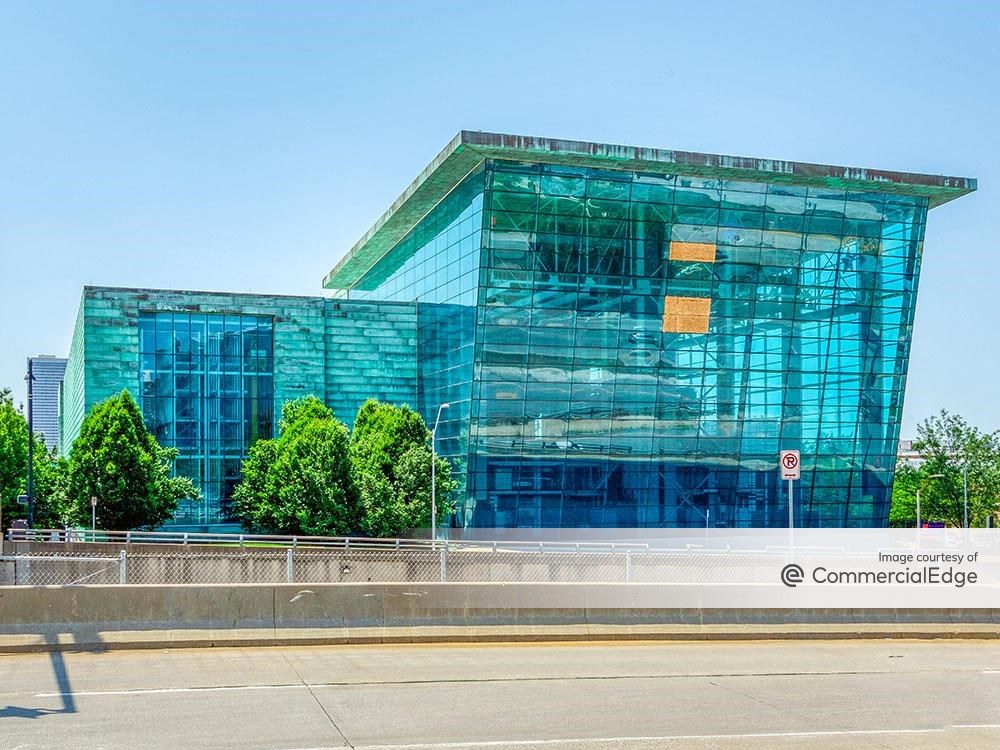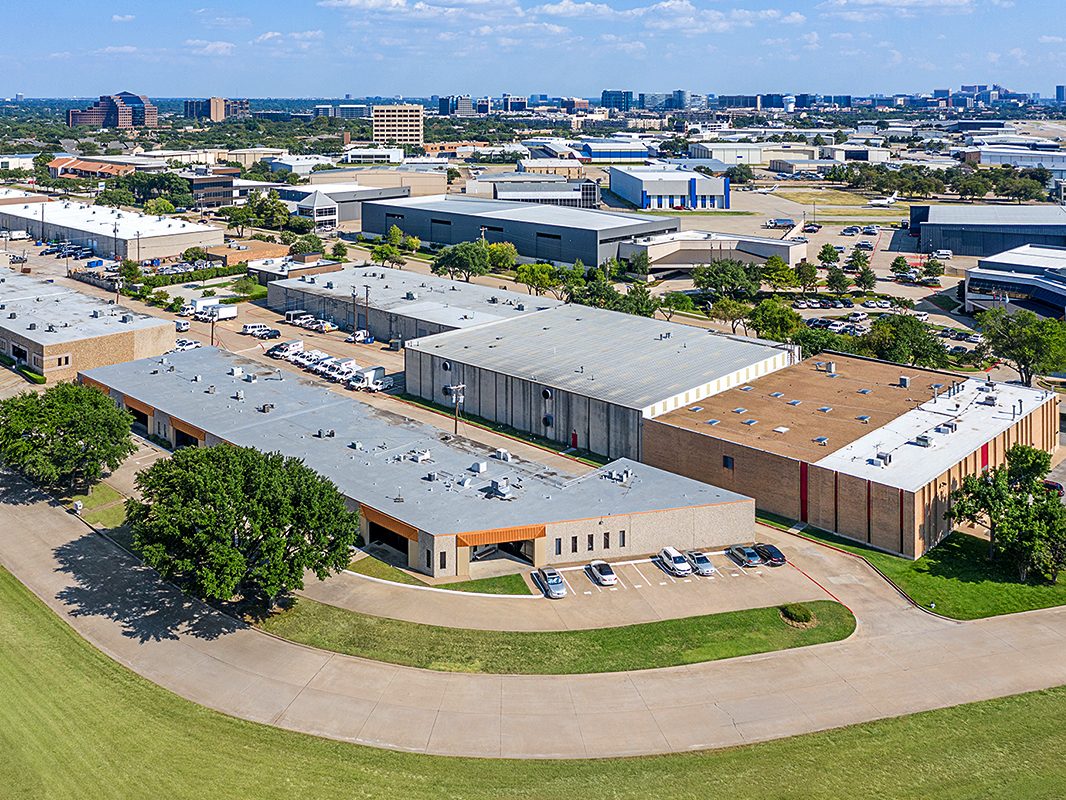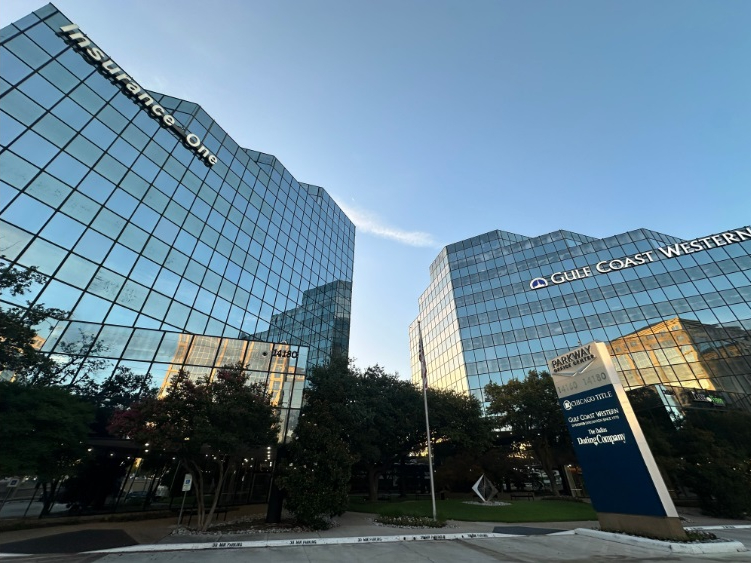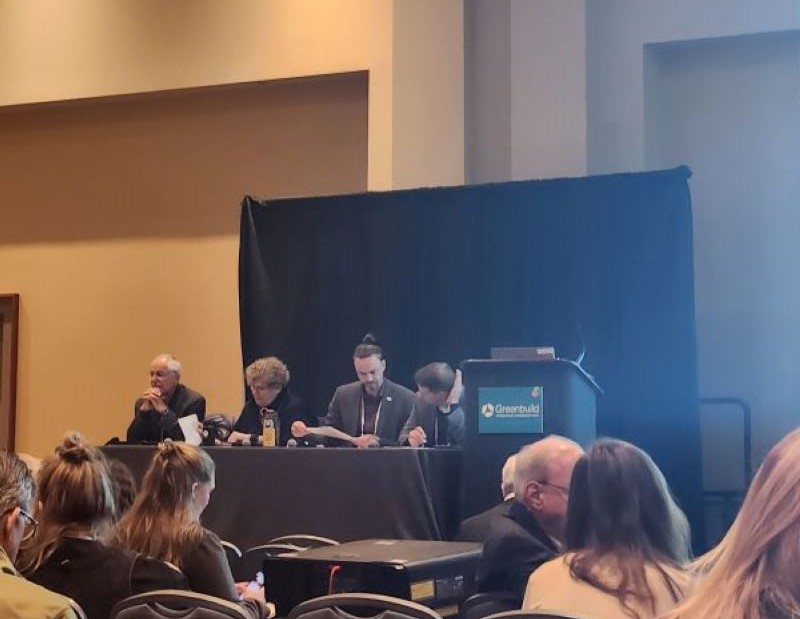Miami Market Update: Rising Demand, Falling Vacancy Rates
According to CommercialEdge, the metro’s office vacancy was slightly below the national average.

Miami has been reaping the benefits of migration trends for quite some time, becoming one of the nation’s fastest-rising cities. According to CommercialEdge data, the market encompassed some 7.7 million square feet of vacant office space as of May and a vacancy rate of 14.6 percent, falling below the 15.3 percent national average.
Miami is dealing with the fallout from the health crisis than most of its peer markets (similar business climate and total stock), having lower office vacancy than Austin (16.4 percent) or Nashville (19.5 percent). On the other hand, office vacancy was higher than in some secondary markets such as Raleigh-Durham (14.4 percent) and Charlotte (12.2 percent). On a state level, Miami’s office vacancy rate was lower than in most metros, including Orlando (14.8 percent), Tampa-St. Petersburg-Clearwater (15.2 percent) and Fort Lauderdale (17.9 percent).
The market’s vacancy rate increased by 229 basis points year-over-year as of April, jumping from 12.6 percent in April 2020—when the pandemic was still in its early stages. Office vacancy decreased by 47 basis points from March 2021 (15.4 percent), pointing toward an early sign of market recovery.
As new office stock is being added to the market, Class A and A+ assets had a 16.0 percent vacancy rate. South Florida deemed commercial construction essential during the pandemic, avoiding a halt on development in 2020. The vast majority of recently delivered office assets were A/A+. Vacancy was highest in the Miami Gardens submarket (22.5 percent) and the Miami Central Business District (21.7 percent), largely due to a combination of new office stock coming online and slow absorption.
CommercialEdge covers 8M+ property records in the United States. View the latest CommercialEdge national monthly office report here.







You must be logged in to post a comment.